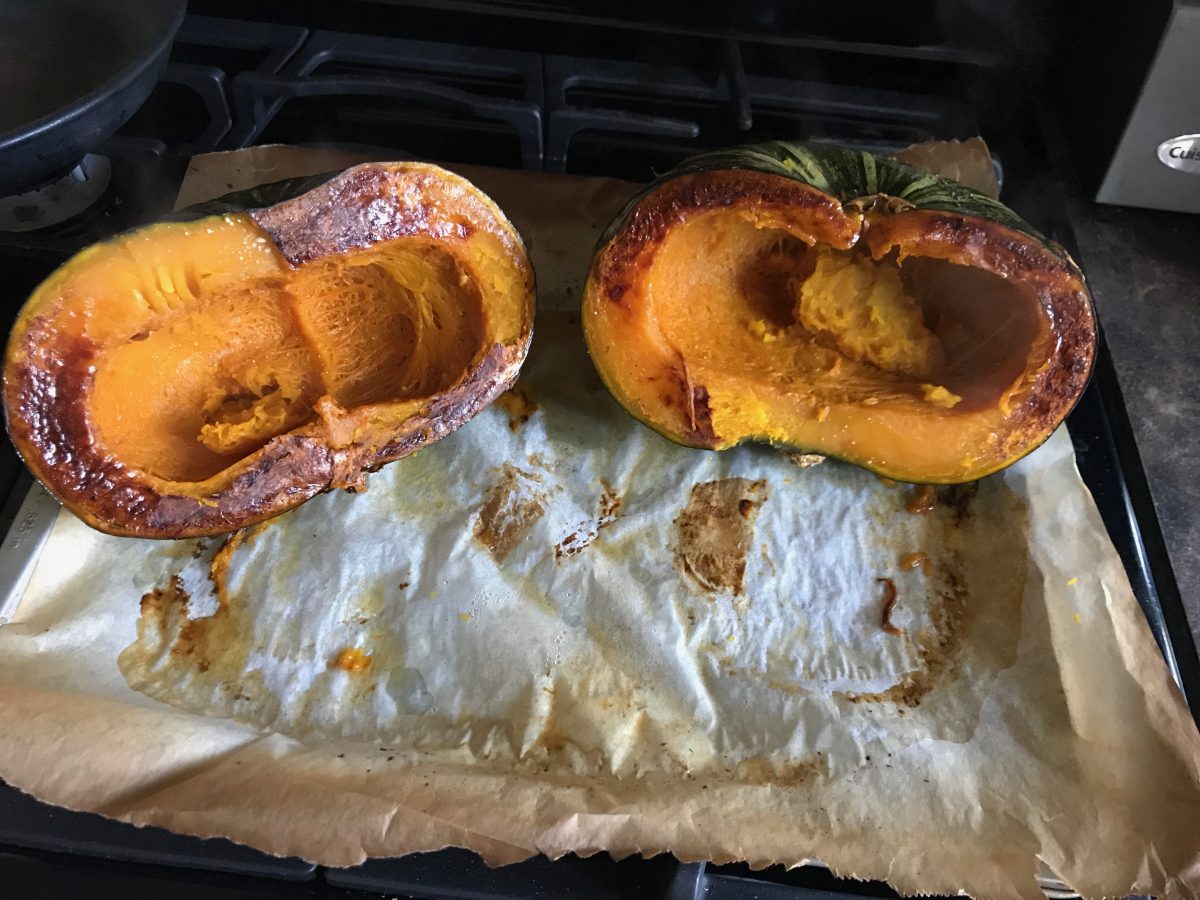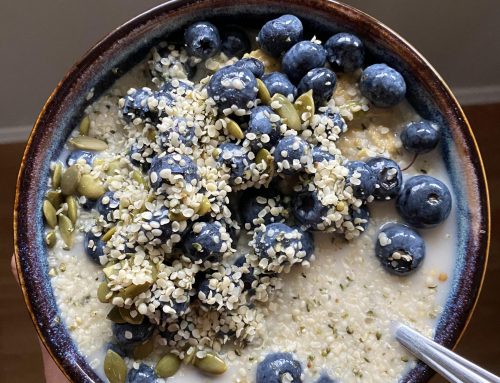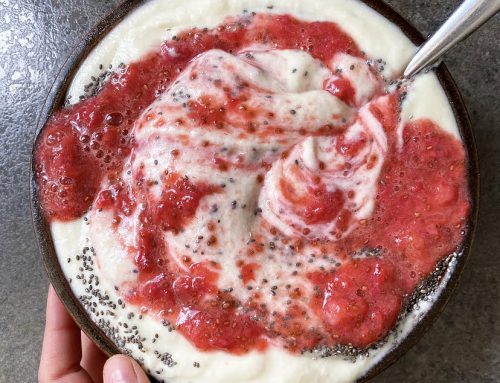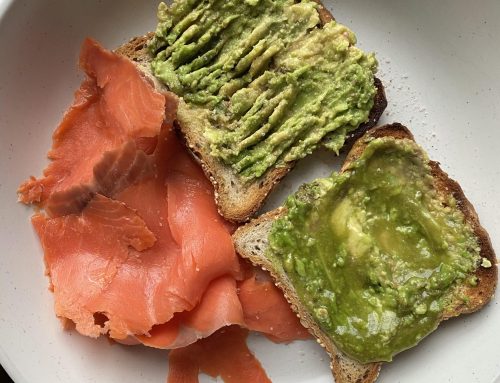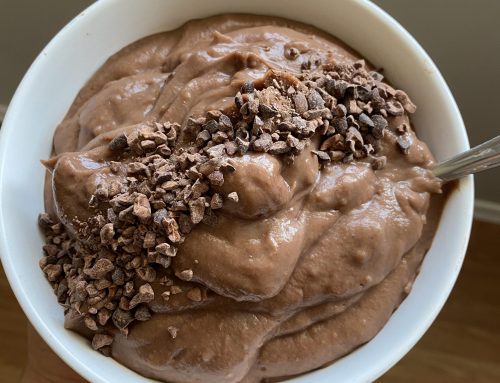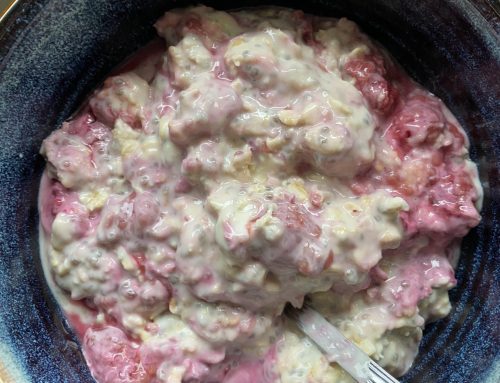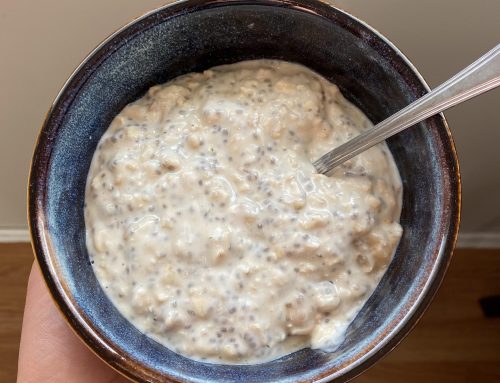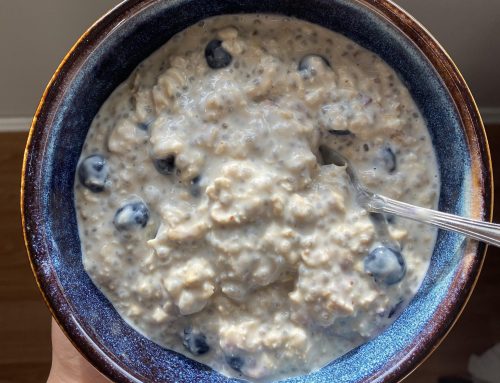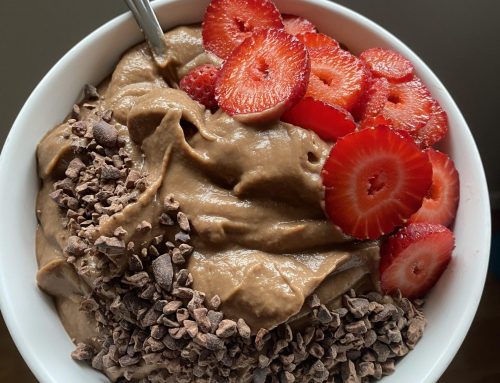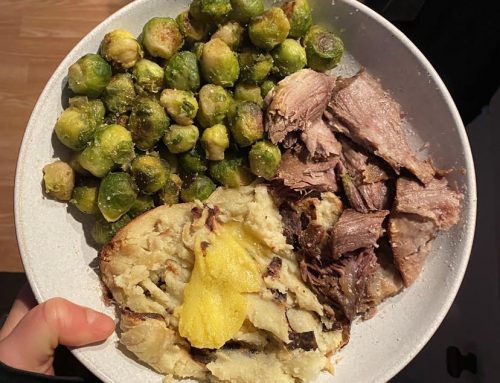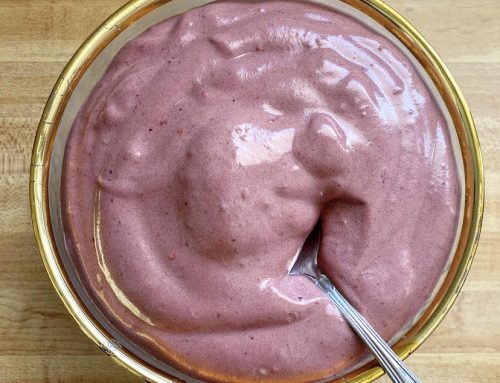There’s no denying it…
Kabocha squash is by far my favourite type of winter squash and it’s quite obvious if you follow me on Instagram, as you’ll see it popping up in my feed quite frequently.
Since I’ve been posting about kabocha squash so much on Instagram lately, many of you have been asking me what the best way to prepare it is, so I thought I would put together this post for you, outlining my favourite method of preparing this beloved squash of mine!
As with all winter squash, kabocha has a tough outer layer (the skin), which can make it quite difficult to cut into, but you can actually eat the skin of kabocha squash! In fact, I always look forward to eating the skin – it’s the perfect vessel for a generous swoosh of ghee!
If you’re not familiar with kabocha squash, here are some other fun facts you might like to know:
Kabocha squash is also known as a Japanese pumpkin, so if you see “Japanese pumpkin” in your grocery store, now you know!
Kabocha squash looks quite similar to a buttercup squash, but they are two different types of winter squash.
The flesh of a kabocha squash is bright orange and quite sweet! I find it to be the sweetest and most flavourful of all winter squashes! Although it is a type of pumpkin, I don’t find it to taste very “pumpkin-y”. I would describe the taste of a kabocha squash to be almost caramel like. I would actually say kabocha tastes more like a sweet potato, rather than pumpkin. The texture is also more like a sweet potato – dense and velvety.
When purchasing a kabocha squash (or any winter squash for that matter), I always try to choose one that feels heavy for its size. So, if you pick it up and it’s heavier than you expected, I would consider it to be a good one!
How to prepare kabocha squash:
Kabocha squash can be prepared in a variety of different ways! You can roast it, steam it, simmer it, bake it, puree it, and grate it, but here’s my favourite way to cook kabocha:
1. Preheat your oven to 450 degrees F.
2. While your oven is preheating, wash the kabocha with your favourite all natural cleaner (my favourite is water with doTERRA lemon essential oil – a natural degreaser!) Then, slice the kabocha in half (length wise) with a sharp knife on a cutting board.
3. Scoop out all of the seeds and then place the kabocha flesh side down on a baking sheet lined with parchment paper.
4. Place in the oven and bake for approximately 30 minutes, depending on the size of your kabocha. At 20 minutes, pierce a fork through the thickest part to see if it’s done. It’s done when your fork easily pokes through the entire squash.
5. When it’s done, remove from the oven, flip it over so the flesh side is no longer facing down. You can eat immediately as is or allow it to cool and eat later.
My favourite way to eat kabocha is slathered with grass fed ghee (this is my fave!) and sea salt! You can, however, sprinkle it with cinnamon, drizzle it with coconut butter, or even enjoy it with a big scoop of your favourite nut butter!
When you find a kabocha, buy it, and let me know how you love it! It’s so versatile, which is why I cook it the way I do – so I can enjoy it in whatever way I please!

